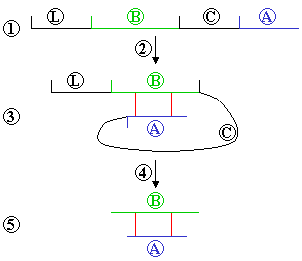DUBLIN, Ireland -- Research and Markets has announced the addition of The Diabetes Market Outlook: Market analysis of future growth and leading players by sector to their offering
Type 2 diabetes has now hit epidemic levels, and is expected to increase further over the coming years with the rise in the age demographic and the escalation in rates of obesity. Currently, The insulin market is dominated by three companies - Eli Lilly, Novo Nordisk and Sanofi-Aventis - but the OAD market is more diverse and more valuable, thus representing more opportunities for entry. This study found that non-invasive insulins will address the key unmet need in the diabetes market. Several pills, inhalers, mouth sprays and patches are in development and this is likely to cause an increase in the number of users in the type 2 patient population currently put off by subcutaneous injections. Also, Dual PPAR agonists have blockbuster potential because they can treat both diabetes and heart disease.
This new report analyzes diabetes market dynamics and provides a country-by-country brand analysis. This report focuses on key anti-diabetic drugs and reviews the growth strategies of leading players. Upcoming revolutionary products in development are also investigated, highlighting those expected to drive market growth and transform treatment options for diabetic patients.
This report provides:
--Value and growth breakdowns of the insulin market and all sub-sections of OADs from 2002 - 2003. The report also includes a sales breakdown by country, highlighting differences in usage of TZDs in the US and European sectors.
--Strategic analysis of all major diabetes drugs, such as Actos, Avandia, Humalog, NovoLin and Lantus, as well as newly approved therapies Levemir and Apidra.
--An examination of the key trends which are currently affecting the market such as the increasing use of insulin and combination therapies amongst type 2 diabetics.
--An in-depth analysis of the future growth drivers in the market, such as development of non-invasive insulins, PPAR agonists and GLP-1 agonists.
--Company analysis and market shares of insulin and OAD markets in the US and Europe, including Eli Lilly, Novo Nordisk, Sanofi-Aventis, Takeda, GSK and BMS.
--Comprehensive review of the major companies' R&D portfolios.
Questions answered by this report include:
--Which sectors of the diabetes market are currently driving growth?
--Why is insulin being increasingly prescribed for type 2 diabetic patients?
--Which products in development will drive future growth?
--Which products are at risk from genericization in the coming years?
--How can the lifecycle of diabetes drugs be managed and extended?
--Who are the key players in the insulin and OAD markets?
--How are companies shaping themselves to become the diabetes leaders of tomorrow?
Chapters provided include:
--Epidemiology analysis
--Global diabetes market analysis
--Insulin market analysis
--Oral antidiabetic (OAD) market
--Leading players in the diabetes
Eli Lilly
Novo Nordisk
Takeda
GlaxoSmithKline
Bristol-Myers Squibb
Pfizer
Novartis
Merck KGaA
For more information visit http://www.researchandmarkets.com/reports/c9933
COPYRIGHT 2004 Business Wire
COPYRIGHT 2004 Gale Group

![The structure of insulin Red: carbon; green: oxygen; blue: nitrogen; pink: sulfur. The blue/purple ribbons denote the skeleton [-N-C-C-]n in the protein's amino acid sequence H-[-NH-CHR-CO-]n-OH where R is the part protruding from the skeleton in each amino acid. The structure of insulin Red: carbon; green: oxygen; blue: nitrogen; pink: sulfur. The blue/purple ribbons denote the skeleton [-N-C-C-]n in the protein's amino acid sequence H-[-NH-CHR-CO-]n-OH where R is the part protruding from the skeleton in each amino acid.](pics/Apidra_1.jpg)
